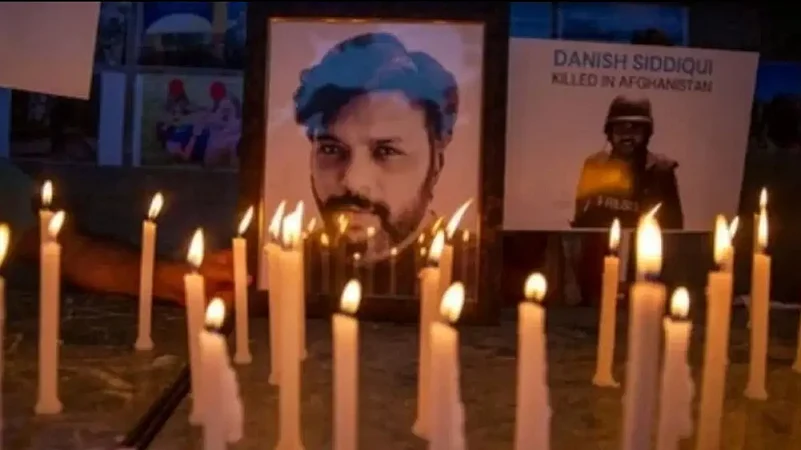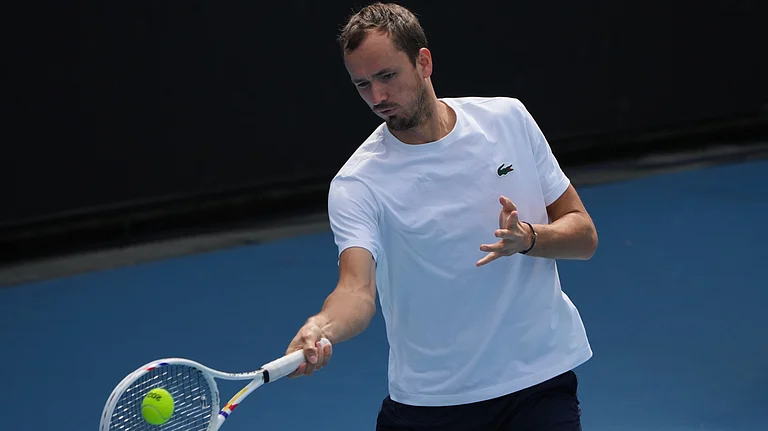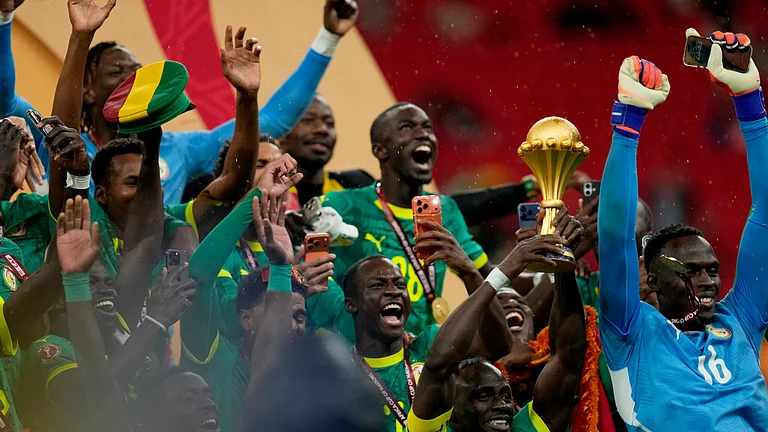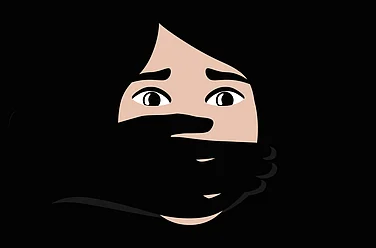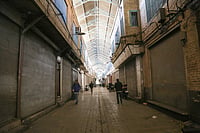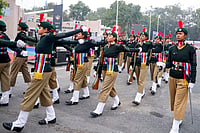On July 16, 2021, slain photojournalist Danish Siddiqui died in Afghanistan while covering the Taliban’s reconquest of the country. In April 2022, Siddiqui becomes one of the four Indians to be honoured with the prestigious Pulitzer Prize 2022.
Siddiqui, 38, was on assignment in Afghanistan last year when he died. The award-winning journalist was killed while covering clashes between Afghan troops and the Taliban in the Spin Boldak district of Kandahar city.
This is for the second time that Siddiqui has won the Pulitzer Prize. He was honoured with the prestigious award in 2018 as part of the Reuters team for their coverage of the Rohingya crisis. He became the first Indian alongside Adnan Abidi to win the prize for Feature Photography. He had extensively covered the Afghanistan conflict, the Hong Kong protests and other major events in Asia, Middle East, and Europe.
Recollecting who Siddiqui was
A photojournalist based in Delhi, Siddiqui was part of the multimedia team of the international news agency, Reuters. He was the son of the dean of the Faculty of Education at Jamia Millia Islamia (JMI) and grew up in the neighbourhood of the university.
Siddiqui graduated with a degree in Economics from Jamia Millia Islamia, Delhi. He had a degree in Mass Communication from the AJK Mass Communication Research Centre at Jamia in 2007.
He started his career as a television news correspondent, switched to photojournalism, and joined Reuters as an intern in 2010. Since then Siddiqui has moved countries and territories to cover the Afghanistan War (2012), the Battle of Mosul (2016–2017), the April 2015 Nepal earthquake, the 2015 Rohingya refugee crisis, the 2019–2020 Hong Kong protests, the 2020 Delhi riots, and the Covid-19 pandemic among other assignments.
At the time of his demise, he was serving as an embedded journalist with the Afghan Special Forces to document the Taliban offensive.
What happened in July, 2021?
On July 11, After arriving at a base of the Afghan Special Forces in the southern city of Kandahar, Siddiqui embedded with a unit of several hundred elite commandos, who were trying to flush out the Taliban from the territory. In an internal conversation with the agency, Siddiqui had mentioned that he had done a risk assessment before deciding to embed with the Forces.
On July 16, Siddiqui along with two Afghan commandos was killed while he was covering another mission, to retake the key border of Spin Boldak. He was killed by the Taliban force and the failed mission to reconquer Spin Boldak came as the last straw for Afghan forces, following which, the Taliban conquered city after city.
According to a report by Reuters, although the first report had indicated that Siddiqui was killed in a crossfire while trying to take photographs in the bazaar at Spin Bodalak, however, later it was alleged that he was first injured by shrapnel from a rocket and then later killed in a mosque where he was taken for treatment.
(with inputs from PTI)






